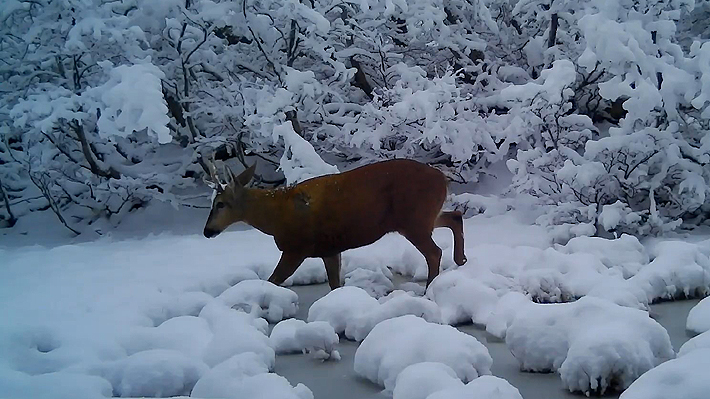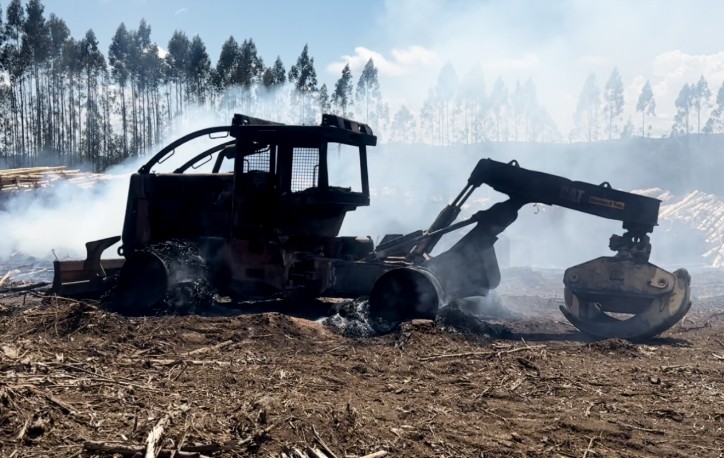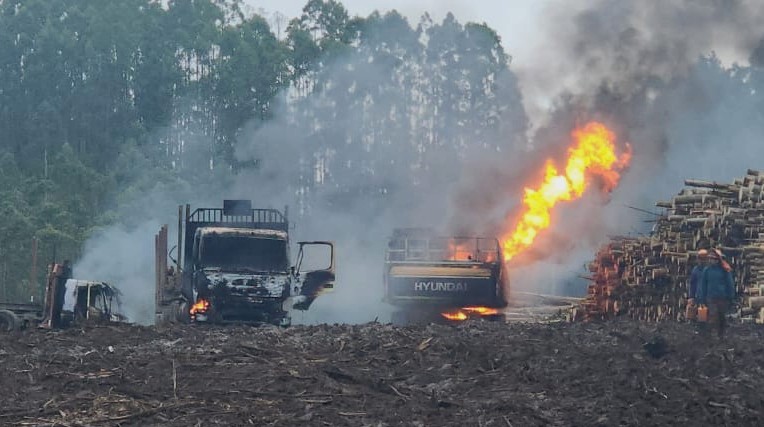Huemuls Recorded on Private Estate in Los Lagos: Could Be the Northernmost Population in Chilean Patagonia
On International Huemul Day, a date commemorated every August 5 since 2010, the NGO Puelo Patagonia announced the discovery of a subpopulation of these deer on a privately owned 133,000-hectare property located in the commune of Cochamó, in the Los Lagos Region.
The sighting occurred at the Puchegüín Estate—which has been for sale since 2022—where a camera trap monitoring effort conducted last January captured photos and videos of between six and eight huemuls, including adult males, a young male, and a female.
The images were obtained in high-mountain areas with lenga forests, high Andean steppes, and rocky zones. Most records show solitary individuals, except for two instances where a pair was photographed on the same day by different cameras.
This would also be the northernmost population in Chilean Patagonia. "This study not only confirms the presence of huemuls in this area but also demonstrates that this place is a key piece within a binational biological corridor connecting over 1.6 million protected hectares between Chile and Argentina," said Andrés Diez, executive director of Puelo Patagonia.
Meanwhile, Fernando Novoa, a researcher with Puelo Patagonia's monitoring program, noted that although the recorded populations are small, they appeared to be in healthy condition.
"Finding huemuls in this area shows that it is a well-preserved place thanks to the lifestyle of its inhabitants, who have coexisted harmoniously for a long time with species like the huemul," Novoa stated.
The huemul (Hippocamelus bisulcus) is an endemic deer of the southern Andes in Chile and Argentina and is currently classified as Endangered on the International Union for Conservation of Nature (IUCN) Red List. It is estimated that fewer than 2,000 individuals remain worldwide, distributed in fragmented and vulnerable populations.
Source:Emol.com









